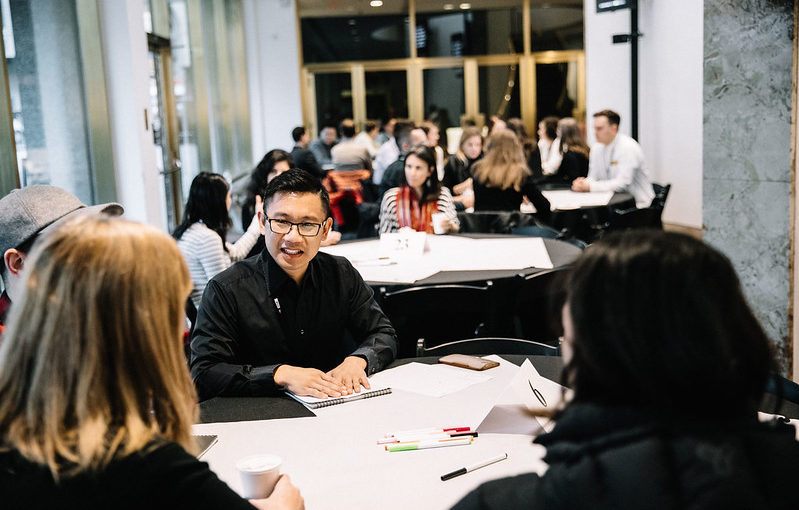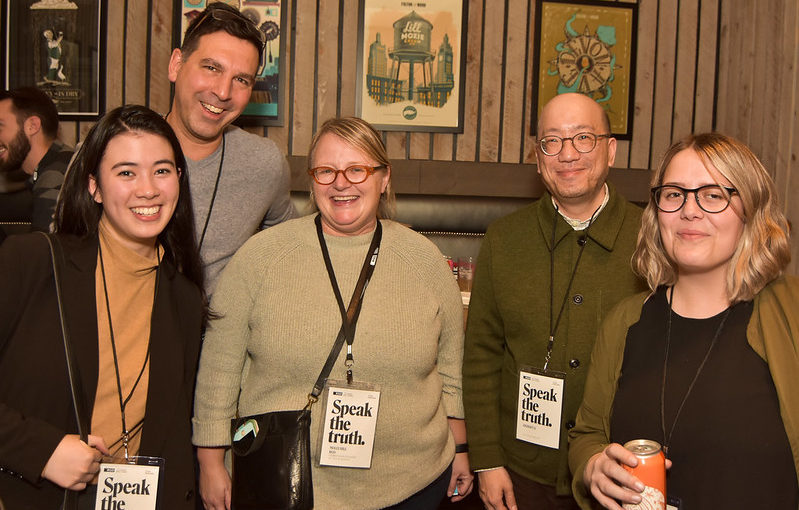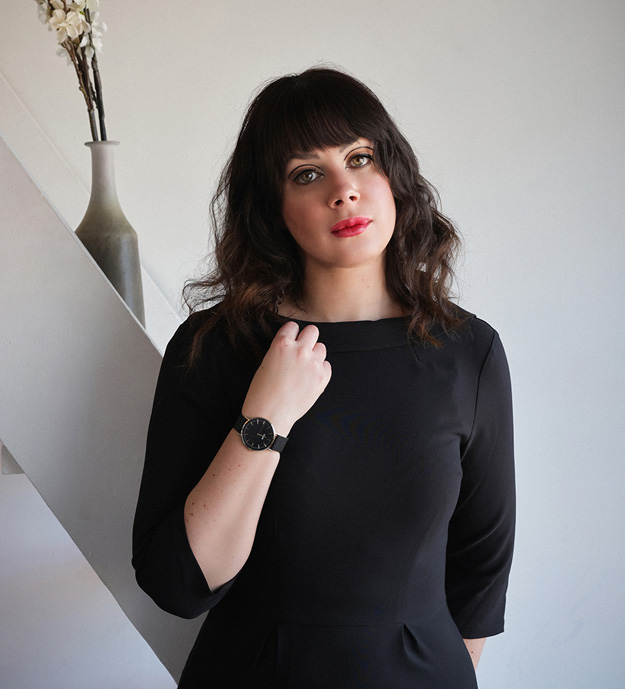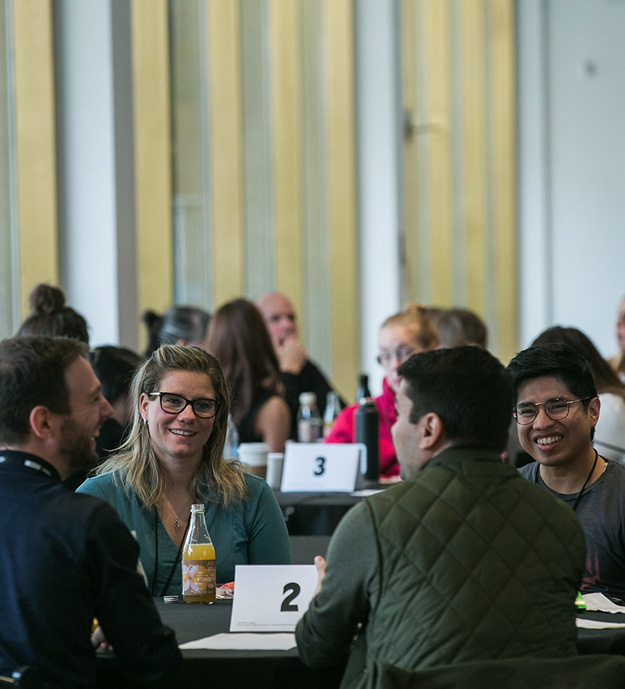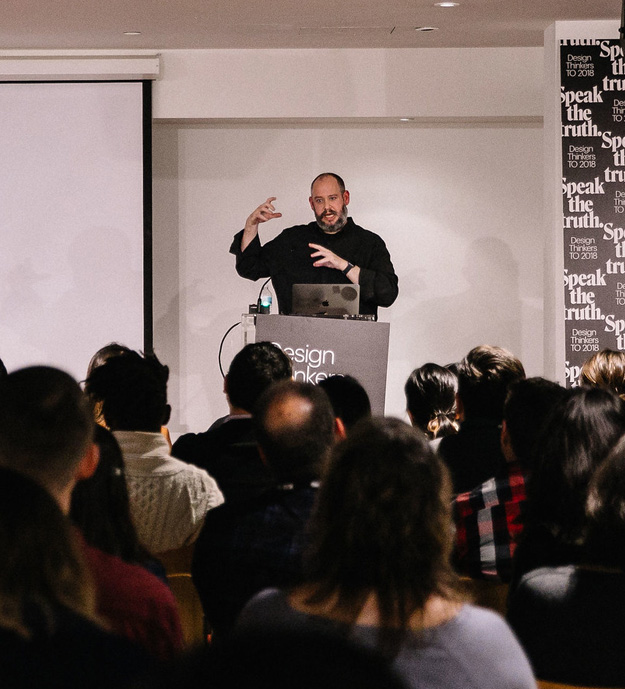Group Creative Director and design educator Dominic Prevost has created award-winning, fully-integrated campaigns for some of the world’s most notable brands. In advance of his workshop at DesignThinkers Vancouver, we asked him a few questions about delivering presentations, why we fear it so much and the lesson he learned from one of the most memorable pitches of his career.
You’re delivering a workshop at the conference called, “Presentation Primer.” Without giving too much away, what can participants expect to learn in your session?
I’m so excited to give this workshop, I wish I had the whole day to do it. Participants can expect a fast-paced, hands-on session where we’ll go through four unique exercises meant to level up their presentation skills while also staying true to themselves (meaning no one’s going to walk away from my workshop thinking they need to sound like a corporate robot to succeed).
Why do you find creative professionals often struggle with selling, or presenting, their ideas and expertise?
In Design School, I’d spend hours labouring over kerning and sleepless nights photoshopping my comps within an inch of their lives, because that’s what my instructors cared about. Very little attention (or guidance) was given to the art of the presentation, setting up the insights, outlining the process and doubling down on why your creative solution is the right one for the client.
Not only that, but the creative process itself is very intimate. You’ll either work by yourself or with a small team of like-minded individuals until the idea is ready to be presented to the client. But when presentation time comes, simply describing what’s on the slide just won’t cut it.
Presenting – just like kerning, or copywriting, or Bezier-curving, or front-end developing, or retouching or concepting – is an acquired skill… and the only time most creatives get to practice it is in front of a client when the stakes are the highest! No wonder creatives feel like they’re not good at it. You have to work the muscle, starting with a different mindset.
As someone who’s worked on numerous award-winning projects for high-profile clients, is there a pitch you’ve executed that you’re particularly proud of? What made it special or memorable?
My most memorable pitches always begin with a team of amazing people who are all committed to creating work we can be proud of, whether we win it or not. One such pitch was over a decade ago during my time at Sid Lee where we were pitching for the Diesel global account.
The process was intense and relentless. Multiple creative teams from both the Paris and Montreal offices came together to create a massive campaign that was funny, weird and forward-thinking (in an Instagram before Instagram kind of way). We made it to the final round, gave it everything we had… and then months later, Anomaly released Diesel’s iconic ‘Be Stupid’ campaign, which won the Grand Prix at Cannes. So yeah, we may have lost the pitch, but we lost it to the best creative of the year.
I still look at the pitch deck from time to time because it was completely wild, because we almost pulled it off, and also because it brings back fond memories of late nights brainstorming with colleagues who are still dear friends more than a decade later.
You’ve worked in-house and in agencies all over the world. What do you love most about the creative industry in Vancouver?
I love Vancouver. It’s a super interesting city full of momentum and creative opportunities (cool tech startups, lifestyle companies, creative shops with global aspirations) with the same West Coast creative vibe as LA or SF, without the pretenses and a lot more bike lanes.
What are you most looking forward to about coming to DesignThinkers Vancouver?
I’m itching to connect with old friends and colleagues as well as meeting new like-minded creatives and leaders. I’m looking forward to being challenged, inspired and going “ooooohhhh” and “ahhhhhhhh.”
Dominic’s workshop takes place on May 30 at 3:15 p.m. Pre-register for this workshop when you register for the conference.
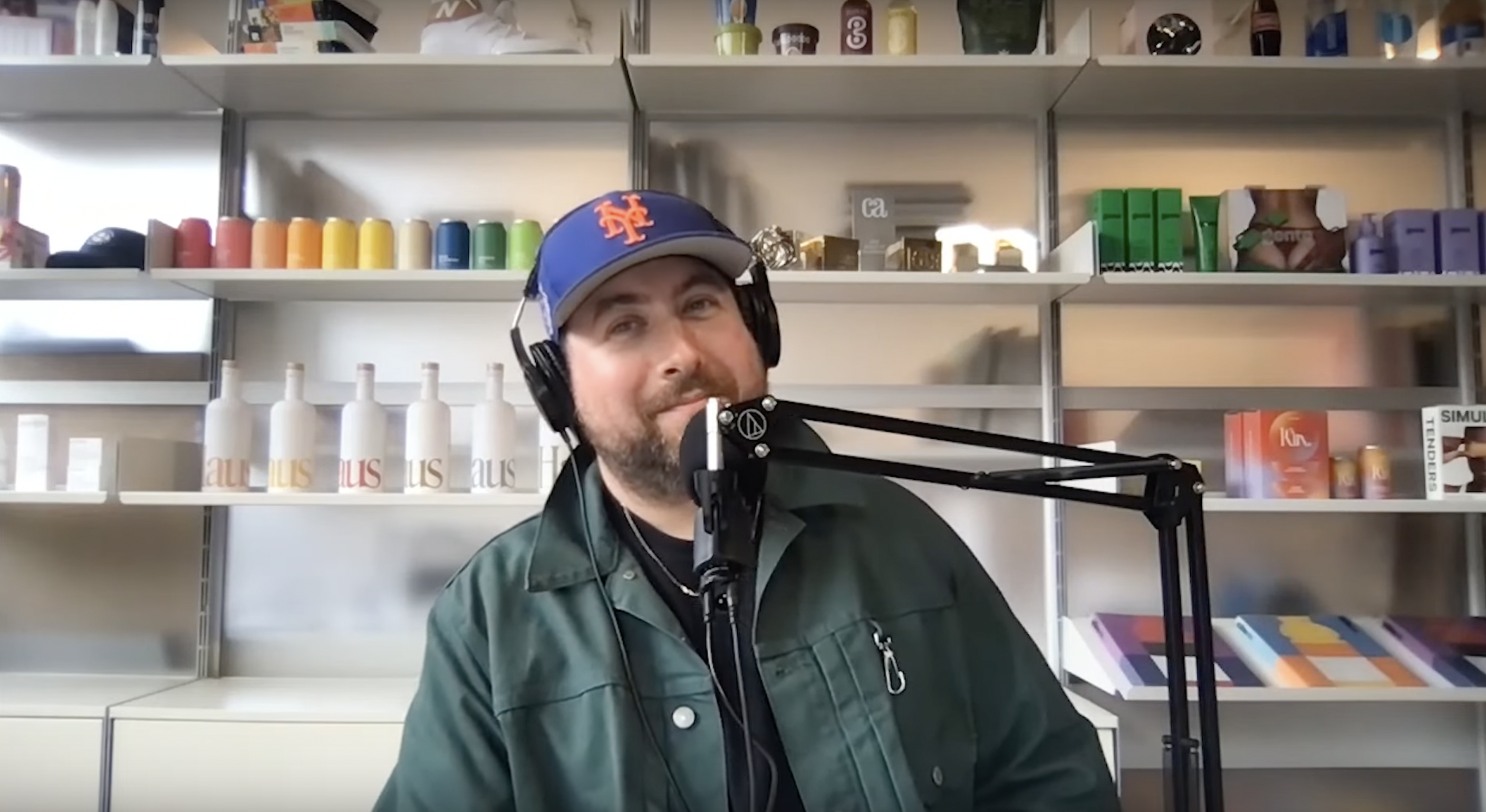
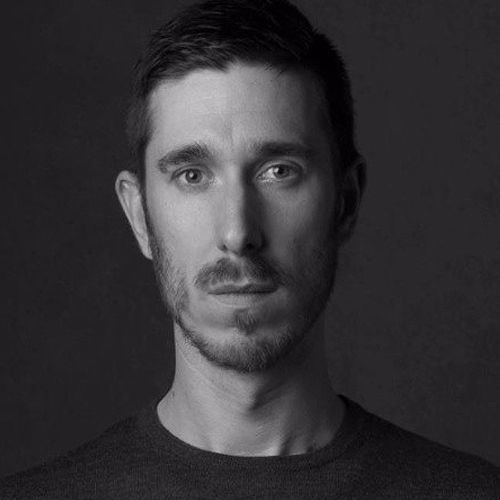
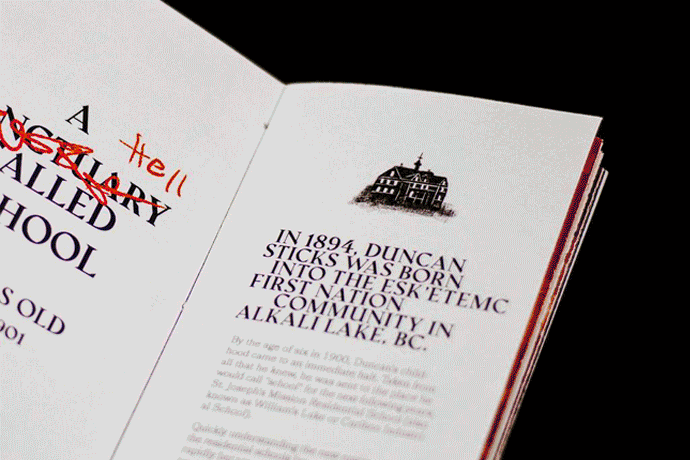





.png)
.jpg)
.jpg)

